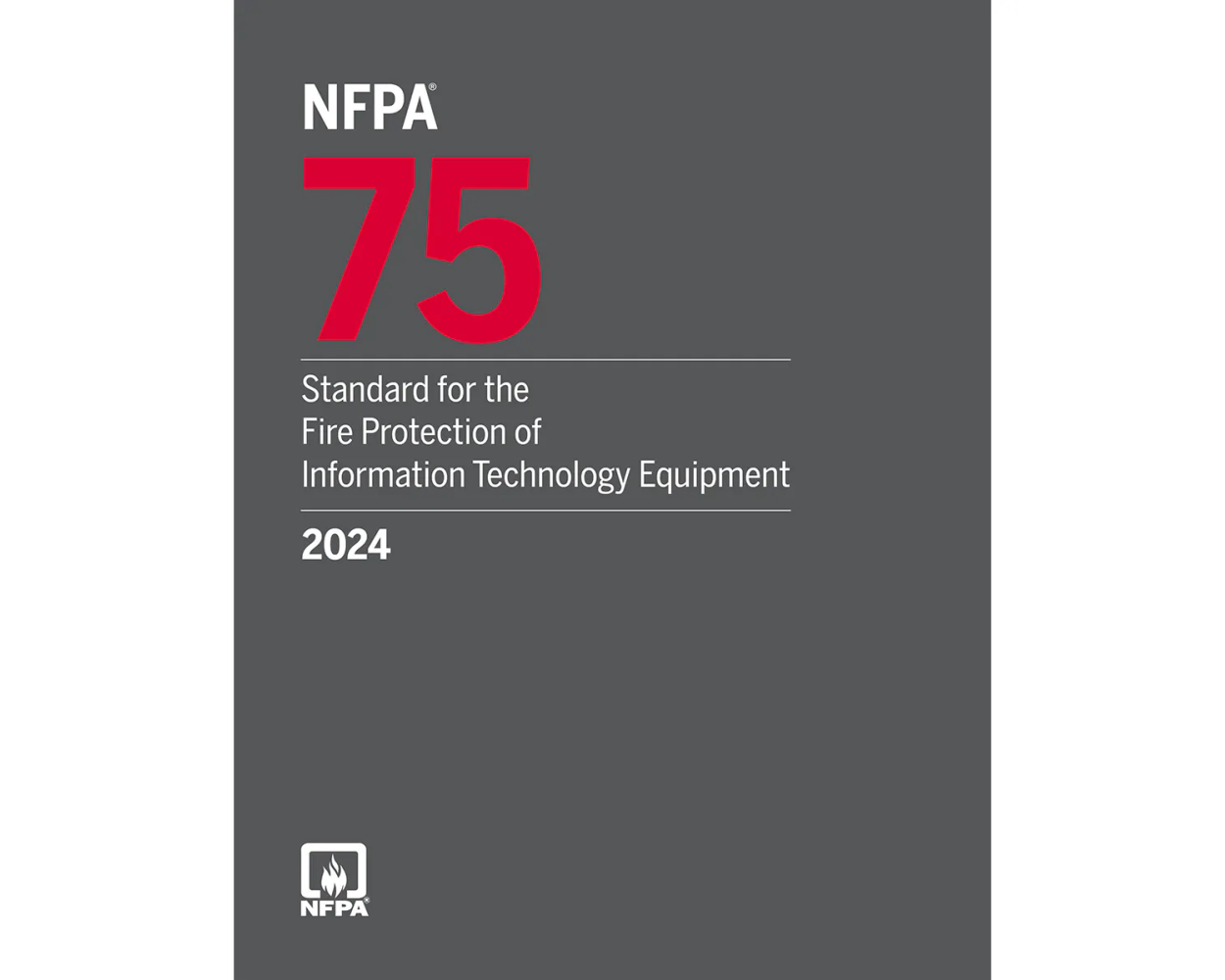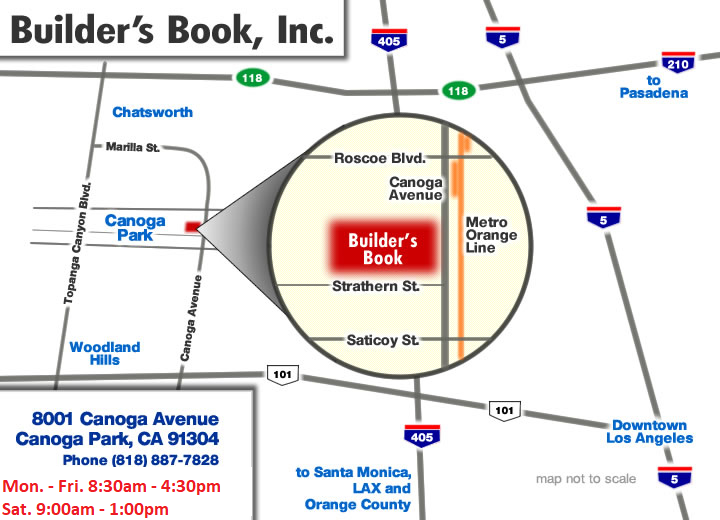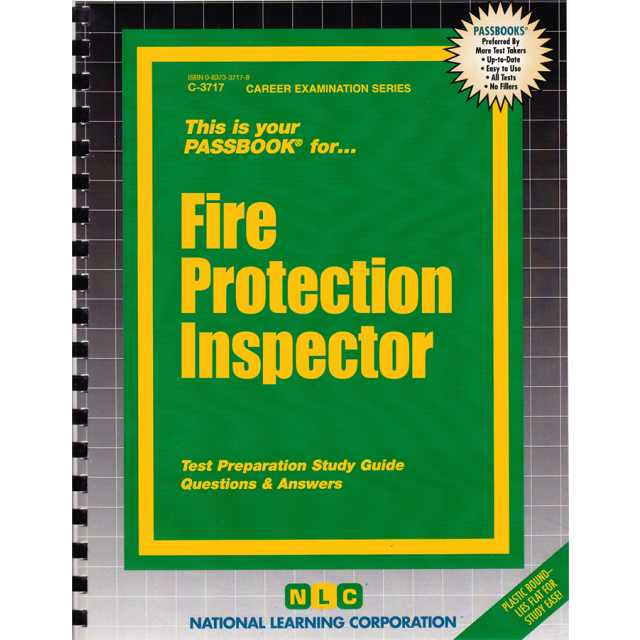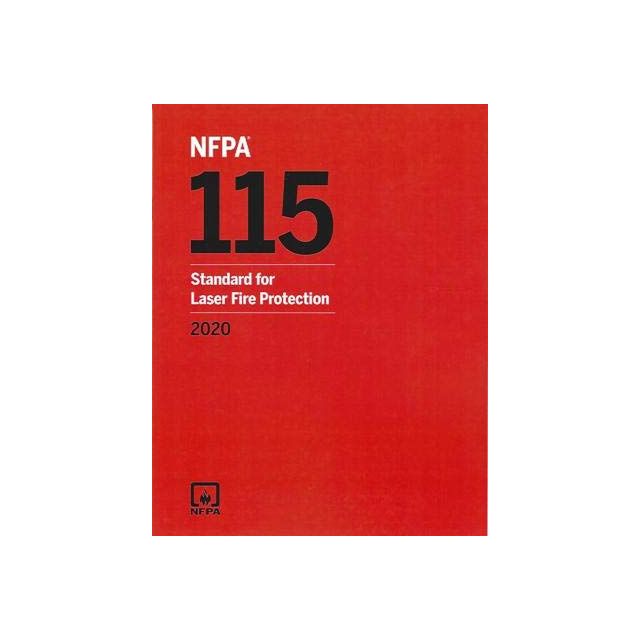NFPA 75, Standard For The Fire Protection Of Information Technology Equipment
Help avoid loss and liabilities. Comply with vital information technology equipment (ITE) requirements.
From performance-based design approaches, construction provisions, and equipment requirements to fire protection and detection features and emergency response and recovery, NFPA 75, Standard for the Fire Protection of Information Technology Equipment, helps ensure fire safety protocols are in compliance. This essential standard helps designers, facility managers, and authorities having jurisdiction (AHJs) ensure appropriate levels of fire protection in information technology equipment (ITE) installations and areas, including safeguards against heat, smoke, water, and explosion.
The 2024 edition includes:
- Added requirements for ITE immersion cooling equipment
- Removal of all lithium-ion battery requirements in favor of coverage in NFPA 855, Standard for the Installation of Stationary Energy Storage Systems
- Added requirements for off-gas detection systems
- New Annex F based on optional tests included in NFPA 76, Standard for the Fire Protection of Telecommunications Facilities
Table of Contents
Chapter 1 Administration
1.1 Scope.
1.2 Purpose.
1.3 Application.
1.4 Retroactivity.
1.5 Equivalency.
Chapter 2 Referenced Publications
2.1 General.
2.2 NFPA Publications.
2.3 Other Publications.
2.4 References for Extracts in Mandatory Sections.
Chapter 3 Definitions
3.1 General.
3.2 NFPA Official Definitions.
3.3 General Definitions.
3.4 Aisle Containment.
Chapter 4 Fire Protection Approaches
4.1 Fire Protection Approach.
4.2 Fire Risk Assessment.
4.3 Telecommunications Risks.
Chapter 5 Performance-Based Design Approach
5.1 General.
5.2 Goals and Objectives.
5.3 Performance Criterion.
5.4 Stakeholders.
5.5 Qualifications.
5.6 Design Brief.
5.7 Independent Review.
5.8 Final Determination.
5.9 Maintenance of Design Features.
Chapter 6 Construction Requirements
6.1 Building Construction.
6.2 Combustibility of Materials.
6.3 Location of ITE Area Within the Building.
6.4 ITE Area Interior Construction Materials.
6.5 Raised Floors.
6.6 Penetrations and Openings in Fire-Resistant-Rated Enclosures.
6.7 Aisle Containment and Hot Air Collar Systems for ITE.
Chapter 7 Materials and Equipment Permitted in the Information Technology Equipment Area
7.1 General.
7.2 Record Storage.
7.3 General Storage.
Chapter 8 Construction of Information Technology Equipment
8.1 ITE.
8.2 Construction Features.
8.3 ITE with Integral Battery Backup.
Chapter 9 Fire Protection and Detection Equipment
9.1 Automatic Fire Protection Systems.
9.2 Automatic Detection Systems.
9.3 Portable Extinguishers.
9.4 Gaseous Total Flooding Extinguishing Systems.
9.5 Warning Signs.
9.6 In-Building Emergency Responder Communications Enhancement Systems.
9.7 Training.
9.8 Expansion or Renovations.
9.9 Hybrid Fire-Extinguishing Systems.
9.10 Water Mist Fire Protection Systems.
Chapter 10 Records Kept or Stored in Information Technology Equipment Rooms
10.1 Protection Required for Records Within the ITE Room.
10.2 Records Stored Outside the ITE Room.
Chapter 11 Utilities
11.1 Heating, Ventilating, and Air Conditioning (HVAC).
11.2 Coolant Systems.
11.3 Electrical Service.
11.4 Supply Circuits and Interconnecting Cables.
11.5 Uninterruptible Power Supplies (UPSs).
Chapter 12 Emergency and Recovery Procedures
12.1 Emergency Fire Plan.
12.2 Damage Control Plan.
12.3 Recovery Procedures Plan.
Chapter 13 Modular Data Centers
13.1 General.
13.2 Reserved.
13.3 Reserved.
13.4 Fire Protection Approaches.
13.5 Reserved.
13.6 Construction Requirements.
13.7 Materials and Equipment Permitted in Modular Data Centers.
13.8 Reserved.
13.9 Fire Protection and Detection Equipment.
13.10 Records Kept or Stored in Modular Data Centers.
13.11 Utilities.
13.12 Emergency and Recovery Procedures.
Annex A Explanatory Material
Annex B What to Do in the First 24 Hours for Damaged Electronic Equipment and Magnetic Media
Annex C Risk Considerations, Business Interruption, and Temperature Considerations
Annex D General Guidance for Gaseous Agent Systems in Information Technology Equipment Spaces
Annex E Fire Detection for Information Technology Equipment Area Risks and Special Conditions
Annex F Performance Test Procedures for Early Fire Detection Systems
Annex G Informational References
2024 (9781455931170)
2020 (9781455924950)
2017 (9781455914715)
| Price | $209.95 |
|---|---|
| Customer Service | We're Here To Help! Call us anytime during our customer service hours... Monday through Friday - 8:30 am to 4:30 pm (Pacific) Order Questions:
TOLL FREE, 800-273-7375 (Outside the U.S. call 818-887-7828). Our Address: 8001 Canoga Avenue Canoga Park, CA 91304 US Phone: 800-275-2665 E-mail: sales@buildersbook.com
|
| Description | Help avoid loss and liabilities. Comply with vital information technology equipment (ITE) requirements. From performance-based design approaches, construction provisions, and equipment requirements to fire protection and detection features and emergency response and recovery, NFPA 75, Standard for the Fire Protection of Information Technology Equipment, helps ensure fire safety protocols are in compliance. This essential standard helps designers, facility managers, and authorities having jurisdiction (AHJs) ensure appropriate levels of fire protection in information technology equipment (ITE) installations and areas, including safeguards against heat, smoke, water, and explosion. The 2024 edition includes:
Table of Contents Chapter 1 Administration 1.1 Scope. Chapter 2 Referenced Publications 2.1 General. Chapter 3 Definitions 3.1 General. Chapter 4 Fire Protection Approaches 4.1 Fire Protection Approach. Chapter 5 Performance-Based Design Approach 5.1 General. Chapter 6 Construction Requirements 6.1 Building Construction. Chapter 7 Materials and Equipment Permitted in the Information Technology Equipment Area 7.1 General. Chapter 8 Construction of Information Technology Equipment 8.1 ITE. Chapter 9 Fire Protection and Detection Equipment 9.1 Automatic Fire Protection Systems. Chapter 10 Records Kept or Stored in Information Technology Equipment Rooms 10.1 Protection Required for Records Within the ITE Room. Chapter 11 Utilities 11.1 Heating, Ventilating, and Air Conditioning (HVAC). Chapter 12 Emergency and Recovery Procedures 12.1 Emergency Fire Plan. Chapter 13 Modular Data Centers 13.1 General. Annex A Explanatory Material 2024 (9781455931170) 2020 (9781455924950) 2017 (9781455914715)
|






